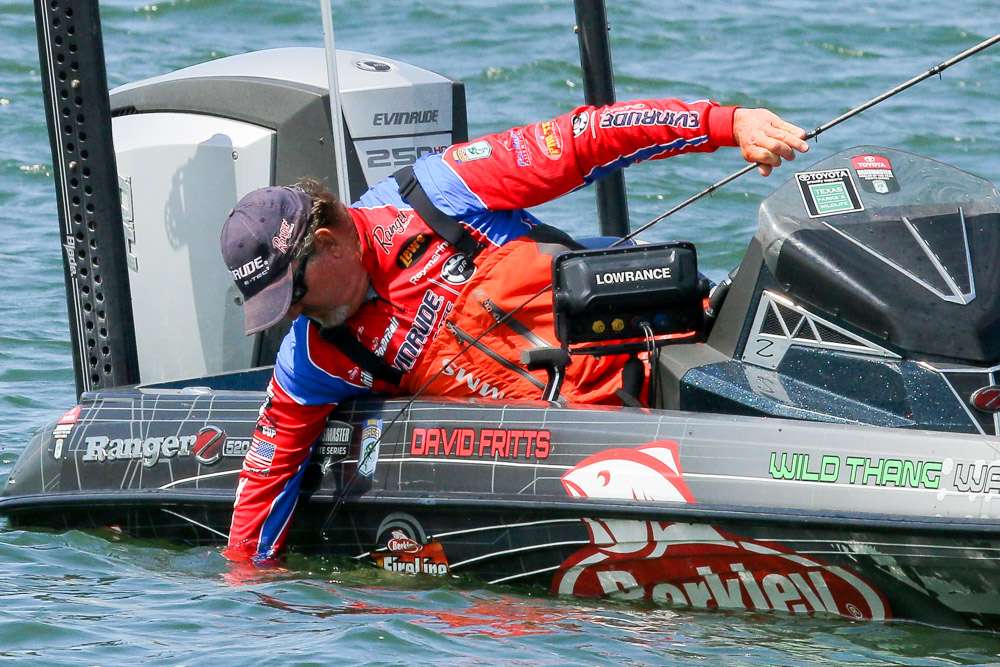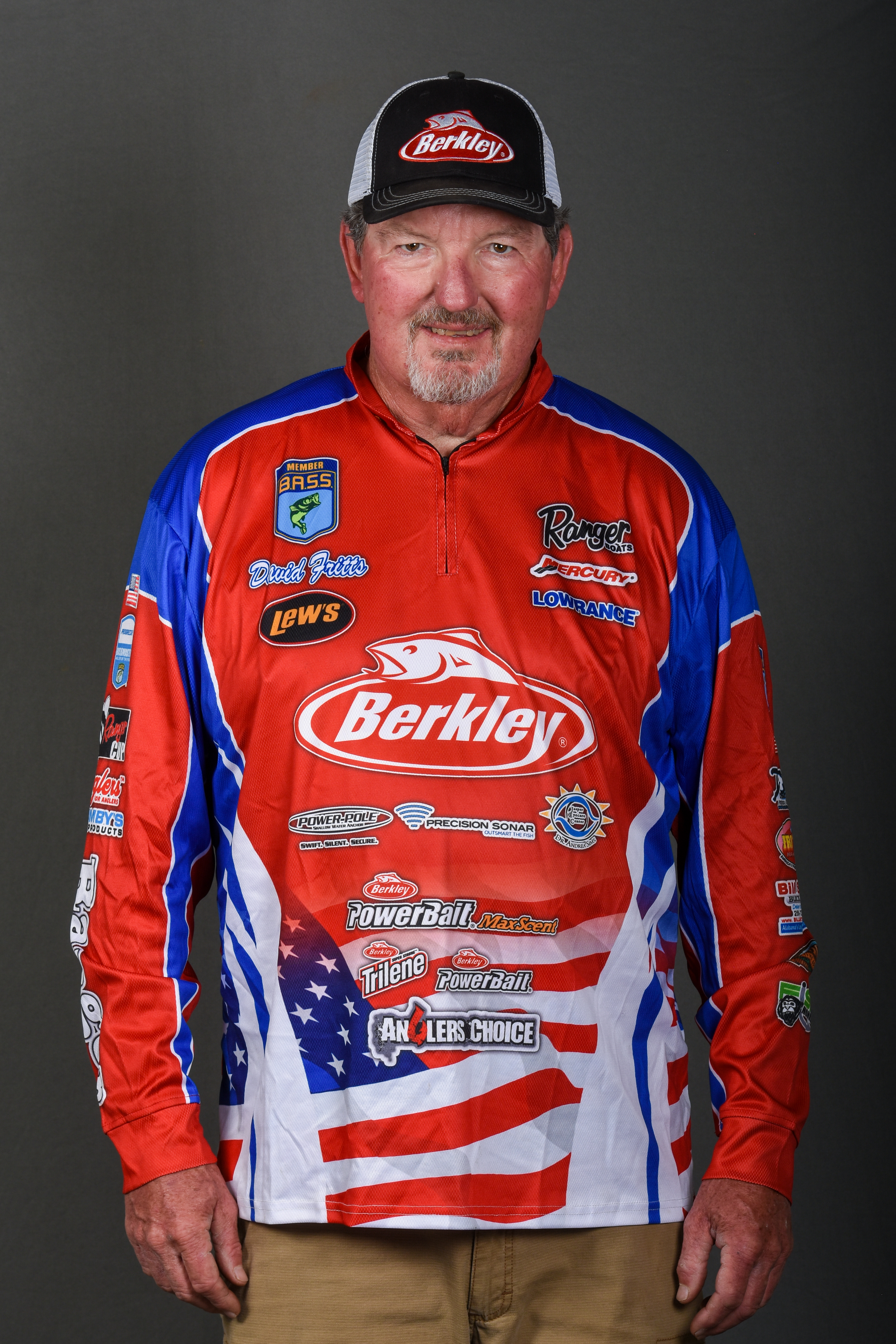
OK, this time we’re going to look at the times you should be throwing crankbaits next year as the calendar rolls along, and a couple of times when you shouldn’t throw them. Then, as the year unfolds I’ll do columns with more detail — lure choice, physical location, cranking techniques and specific color recommendations — about each time period.
Fall
I guess we can start with the fall although it’s pretty much over now and it’s not 2019 yet. It’ll be back next year, though.
The thing is, though, if fall isn’t over in your neighborhood a crankbait is one of the best lures you can throw. The fish are aggressive and most of them are feeding on minnow-type forage. Most good, high-quality crankbaits imitate minnows really well. I wrote a column about selecting fall crankbaits last September. Read the column if you want more information.
Cast your baits into any area where the bass are feeding and do your best to match the hatch. The closer it looks to the real thing the more bass will bite it.
Winter
When winter comes things get a little tougher. Warming trends will see a crankbait bite develop quickly, but it’ll also disappear quickly when things cool back down. My advice is to work any crankbait you’re fishing slowly and carefully around cover. And don’t be fooled into thinking that all the bass go deep in the winter. They don’t.
We’ll talk more about winter in my December column.
Early spring
This is a great time to fish a crankbait. The water might be cold but the fish are starting to move, and they are eating darn near anything in sight. Match whatever they’re eating naturally and pay attention to water color. It’s important that your lure look a little bit like the water because that’s what everything else will look like. It’s been a long winter, most years anyway.
Early spring bass do not feed on the bottom. They feed up in the water column. Make sure your crankbait is running over the top of them.
Prespawn
The prespawn is basically an extension of the early spring. The biggest difference is that the water is warming and the bass are more active — swimming, moving and eating. That means you can increase the size of your crankbaits and, at the same time, increase your retrieve speed.
The bass are still feeding up in the sense that they’re not feeding on the bottom. You want your lures to be running through the strike zone above the bottom. Basically, that means shallow runners because the bass are more shallow than they were in the early spring.
Spawn
Crankbaits are a poor choice when bass are on the beds. It’s one time I can’t recommend fishing with one even though they’re my favorite lure.
Postspawn
Crankbaits are hot in the postspawn. The bass tend to bunch up in specific locations and, a couple of days after they leave their beds, they eat like crazy. They’ll grab anything they can, and they’ll eat like there’s no tomorrow. Keep an extra set of hooks handy because it’s not unusual to catch 20 or more in just a little while.
The real trick here is not to worry too much about what bait you’re throwing. It’s better to worry about where you’re throwing it.
Summer
The summertime can be hit or miss with crankbaits. The thing about it is that in most places you have to learn to fish them in and around grass. That’s what they’ll relate to if they have a choice.
I say hit and miss because when you find them they’ll kill a crankbait, but they can be hard to find. Sometimes they’ll be on the inside weed line, sometimes on the outside and sometimes they’ll be buried right in the middle of the patch.
That’s my overview of crankbait bass fishing during the whole year. Next time I’ll talk about winter crankbaits. If any of you have specific questions, post them in the comments below. I’ll do my best to answer them.

